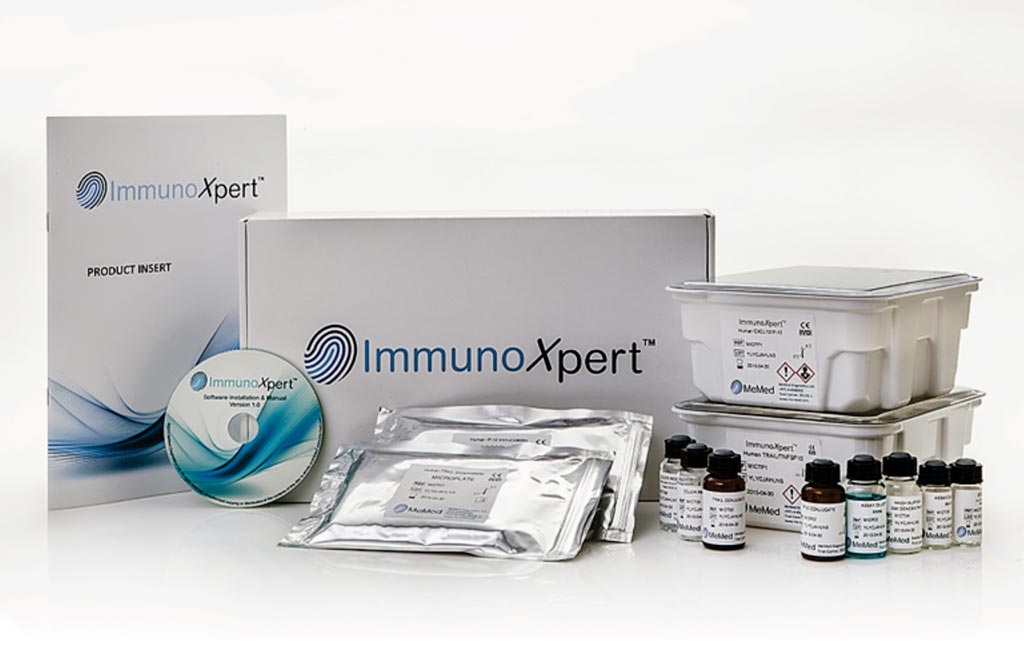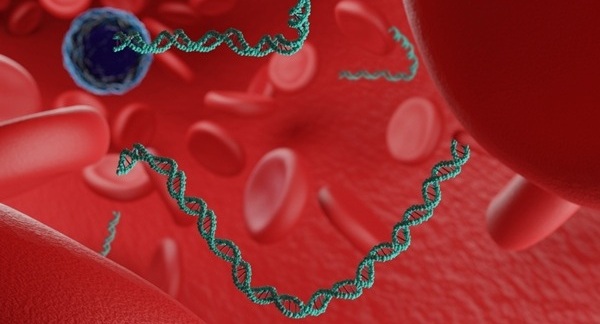Blood Test Accurately Distinguishes Bacterial and Viral Infections
By LabMedica International staff writers
Posted on 11 Oct 2017
The difficulty in properly distinguishing between viral and bacterial infections results in one of two outcomes. Either there is an overuse of antibiotics, which results in a rise in antibiotic resistance; or antibiotics are under-prescribed, which hurts those patients who have a legitimate need.Posted on 11 Oct 2017
A novel assay that integrates measurements of blood-borne host-proteins including tumor necrosis factor-related apoptosis-inducing ligand (TRAIL), interferon γ-induced protein-10 (IP-10), and C-reactive protein (CRP) has been developed to assist in differentiation between bacterial and viral disease.

Image: the ImmunoXpert is a pioneering in-vitro diagnostic test that accurately distinguishes between bacterial and viral infections based on the patient’s immune response (Photo courtesy of MeMed).
A large team of scientists led by those at the Faculty of Medicine at the Technion-Israel Institute of Technology (Haifa, Israel) performed double-blind, multicenter assay evaluation using serum remnants collected at five pediatric emergency departments and two wards from children older than three months to less than 18 years, including 68 without and 529 with suspicion of acute infection. Infectious cohort inclusion criteria were fever equal to or greater than 38 °C and symptom duration equal to or less than seven days.
The novel blood test, ImmunoXpert accurately distinguishes between bacterial and viral infections in children. Of 529 potentially eligible patients with suspected acute infection, 100 did not fulfill infectious inclusion criteria and 68 had insufficient serum. The resulting cohort included 361 patients, with 239 viral, 68 bacterial, and 54 indeterminate reference standard diagnoses. The assay distinguished between bacterial and viral patients with 93.8% sensitivity and 89.8% specificity. The assay outperformed CRP (cutoff 40 mg/L; sensitivity 88.2%. specificity 73.2% and procalcitonin testing (cutoff 0.5 ng/mL; sensitivity 63.1%, specificity 82.3%.
Kfir Oved, MD, PhD, co-founder and chief technology officer at MeMed, and a co-author of the study, said, “Our solution was to try to bring a very simple solution that, within a few minutes, a few drops of blood, and with a relatively high level of accuracy we would provide this exact information to physicians and enable them to better manage their patients.” The study was published in the October 2017 issue of the journal Pediatrics.
Related Links:
Faculty of Medicine at the Technion-Israel Institute of Technology













